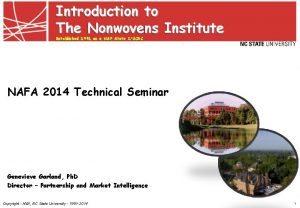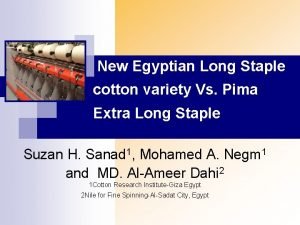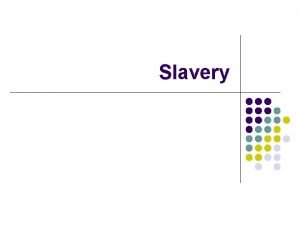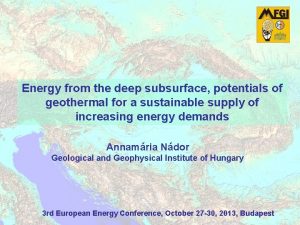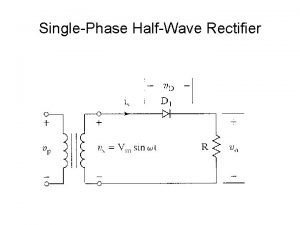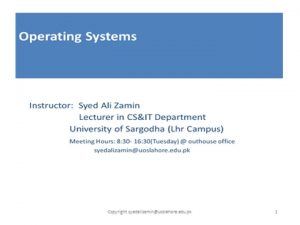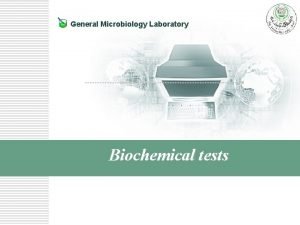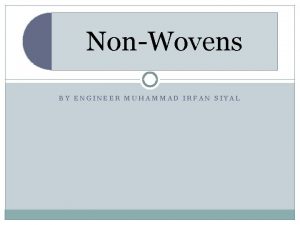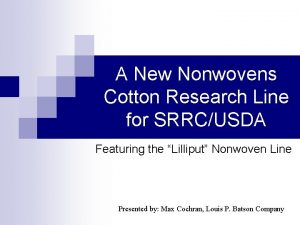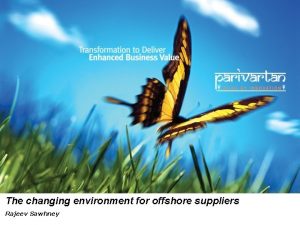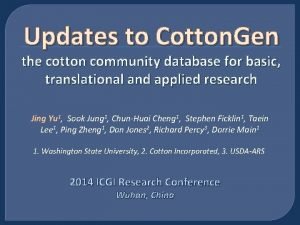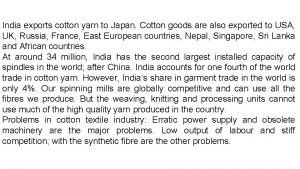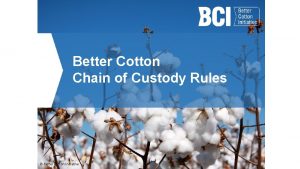HIGHVOLUME UTILIZATION OF COTTON IN NONWOVENS SAWHNEY A












- Slides: 12

HIGH-VOLUME UTILIZATION OF COTTON IN NONWOVENS? ? SAWHNEY, A. P. S. CONDON, B. PARIKH, D. V. Southern Regional Research Center Agricultural Research Service, USDA New Orleans, LA 70124 SINGH, K. V. Mechanical & Manufacturing Engineering Department Miami University, Oxford, OH, 45056 1

INTRODUCTION q Cotton Production, Uses and Consumption: (Since the advent of manufactured fibers a few decades ago, cotton’s global market share has been steadily declining. The use of cotton especially in the industrial, furnishing, technical, geo, and military applications has considerably diminished. However, the global cotton production/tonnage and uses (especially in the apparel and household applications) has been increasing mainly due to cotton’s own attributes and the excellent marketing efforts by C. Inc. , NCC, Cotton Foundation, and other cottonpromoting agencies, worldwide). 2

INTRODUCTION q Cotton Textile Manufacturing in the United States: q Traditional methods of converting cotton into textile fabrics, via spinning, weaving and knitting, still continue. However, the U. S. textile manufacturing industry is heavily suffering and declining due to several viable reasons, viz. , high cost of production, global competition, excessive imports, strict U. S. environmental laws and regulations, etc. . q Utilization of virgin cotton in today’s nonwovens is negligible ( ~ 2% of all nonwovens and only ~ 0. 0014% of the global textile production of all fibers. Obviously, there are valid reasons for these relatively poor statistics for cotton use in nonwovens. 3

INTRODUCTION q Why is Cotton not a Major Participant in Nonwovens? q Realistically, cotton is not an economical fiber for existing nonwovens. q Due to inherent unidirectional fiber orientation, cotton nonwovens are generally weak, unstable, and, hence, less durable in wet finishing, which, for certain applications, necessitates bleaching of cotton in the fiber stage, which, in turn, is costly and cumbersome. q Cotton requires a lot of fiber preparatory processes (opening, cleaning, carding, etc. ). q Cotton’s single fiber characteristics generally are not comparable with those of manufactured fibers for most existing nonwoven applications. q Cotton nonwovens are stiff like paper and do not drape well in apparel, where cotton indeed is ideally suitable. q Classical textiles efficiently utilize stress-strain relationship of constituent fibers/yarns, whereas the nonwoven structures inherently lack that relationship. 4

INTRODUCTION q Why Should Cotton be Considered for a Major Participation in Nonwovens, Anyway? q There are very good reasons for that too! q Sustainability (wave of the future). Biodegradable, easily disposable, environmentally benign). q Cotton nonwovens, if functionally and commercially acceptable, can be produced at speeds that are considerably greater than those of traditional textile manufacturing processes, which should help the ailing cotton textile industry in the U. S. . q Because of its unique characteristics of (high) absorbency, static-freedom, ease of blending, and excellent substrate for functional chemical derivitization, cotton should be the fiber of choice for many nonwoven applications, such as undergarments, certain work uniforms, high-tech denims, health-care and cosmetic products, wipes, and composites for industrial and technical fabrics. 5

OBJECTIVE OF EXPLORATORY RESEARCH q Efficient Utilization Nonwoven Products of Cotton in q Develop ways and means to cost effectively and competitively produce nonwoven products that preferably use greige (virgin) cotton and do not replace existing cotton (woven) products. q In other words, the research goal is to increase utilization of cotton in nonwovens and thus ultimately increase the global market share of cotton. 6

RESEARCH APPROACHES (Methodologies) 1. Open and CLEAN baled/virgin cotton to the best extent possible by using existing equipment, which may involve: q Tandem carding (or, even multiple carding) q Excessive fiber breakages, which, incidentally, may not be as detrimental or critical in nonwoven processes and products as in the traditional textile processing (spinning, weaving, knitting, etc. ) q Depending on the end-use application, i. e. , if and when necessary, blend the cleaned cotton material with a certain quantity of a manufactured fiber, such as PET, PP, PE, Pulp, etc. , to attain desired product properties. 7

RESEARCH APPROACHES (Methodologies) 2. Development of cotton nonwovens for existing applications, such as wipes, surgical gauzes and bandages, and the like. q Using a modern, double-bed needle loom, produce nonwoven substrates of certain densities for certain specific end-use applications, say, special-purpose wipes and other similar products. 8

RESEARCH APPROACHES (Methodologies) 3. Development of cotton nonwoven textiles for the traditional end-use applications (home furnishing, apparel, and the like). q Using high-speed nonwovens bonding technologies, such as the high-pressure hydroentangling, needle-punching, stitch-through, thermal or chemical bonding, or any suitable combination and/or modification thereof, cotton-rich, multi-component fabrics of a sandwich configuration will be produced to attain desired characteristics and functional performance. 9

RESEARCH APPROACHES (Methodologies) Develop a unique multi-component sandwiched nonwoven composite fabric structure Fabric underface Perforated polymer Core material (any desired fiber) Fabric face (say, cotton/polyester blend) A representative hydroentangled sandwich composite structure 10

CONCLUSION q Although the nonwovens generally are lowcost, special-purpose products made of rather less-expensive, widely available raw materials, we think that cotton, because of its sustainability and unbeatable absorbency, can be a very useful fiber for many new nonwoven applications. Cotton still is unsurpassed in providing the ultimate in comfort, which really should encourage researchers to explore new ways to develop cotton nonwovens for certain apparel. However, we do realize that because of many anticipated complexities and difficulties, this may take years of serious research efforts --- for which we at least would like to take the first step! 11

ACKNOWLEDGEMENTS Last, but not least, the authors now would like to thank the National Program Staff of the Agricultural Research Service of the USDA for supporting the research on cotton nonwovens. THANK YOU FOR YOUR TIME AND ATTENTION!
 The nonwovens institute
The nonwovens institute Giza cotton vs pima cotton
Giza cotton vs pima cotton Cotton on the roadside cotton in the ditch
Cotton on the roadside cotton in the ditch Energy definition
Energy definition Bandwidth utilization multiplexing and spreading
Bandwidth utilization multiplexing and spreading Performance parameters of half wave rectifier
Performance parameters of half wave rectifier Basic unit of cpu utilization
Basic unit of cpu utilization Healthcare utilization project
Healthcare utilization project Research utilization process steps
Research utilization process steps Citrate utilization test
Citrate utilization test Cpu utilization factor
Cpu utilization factor Utilization rate operations management
Utilization rate operations management G711 bandwidth calculator
G711 bandwidth calculator
